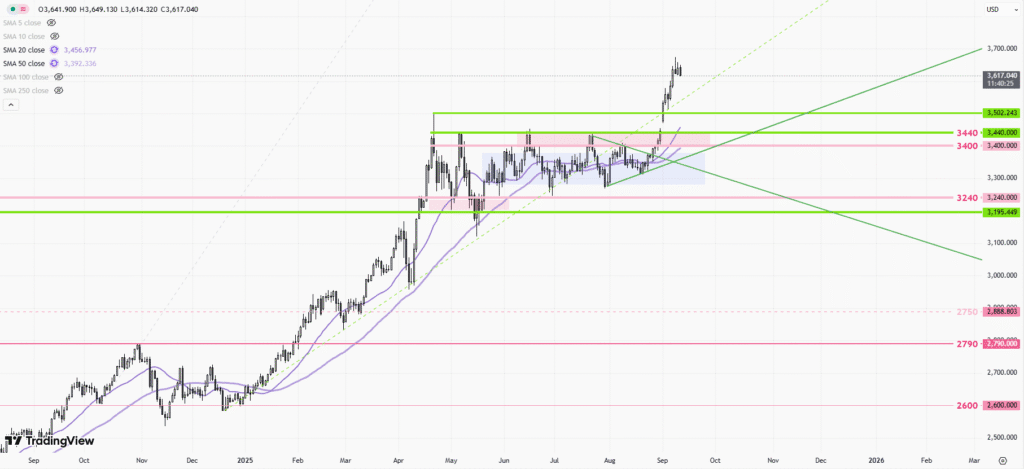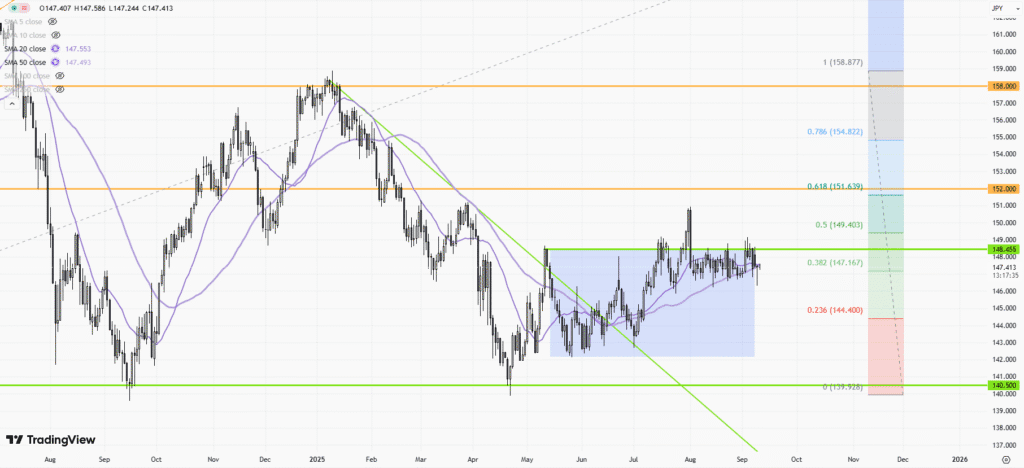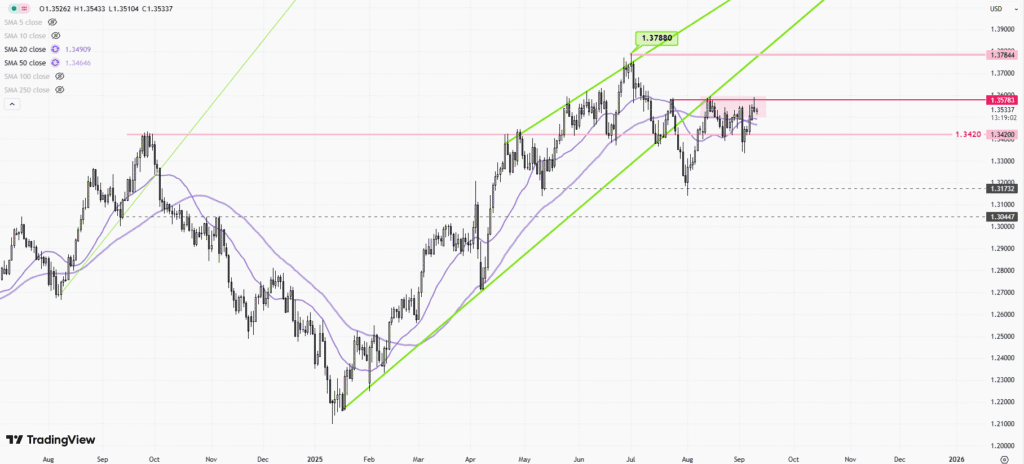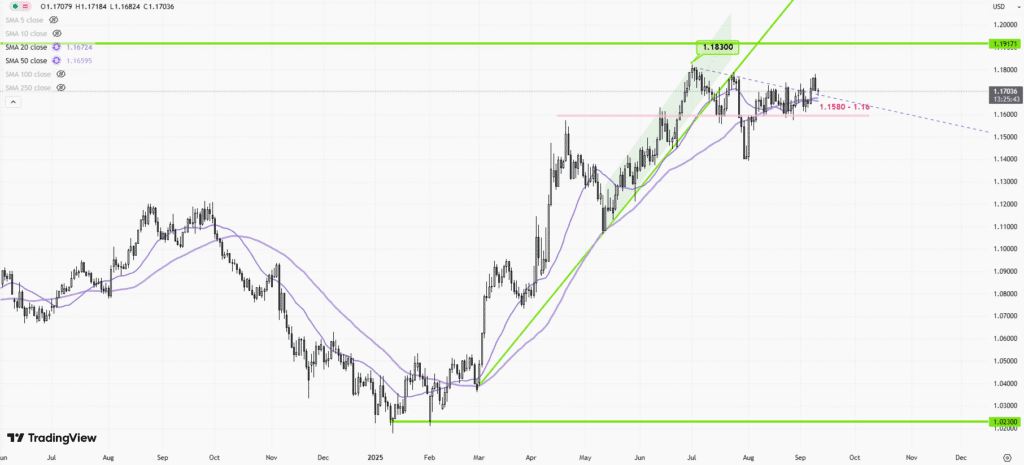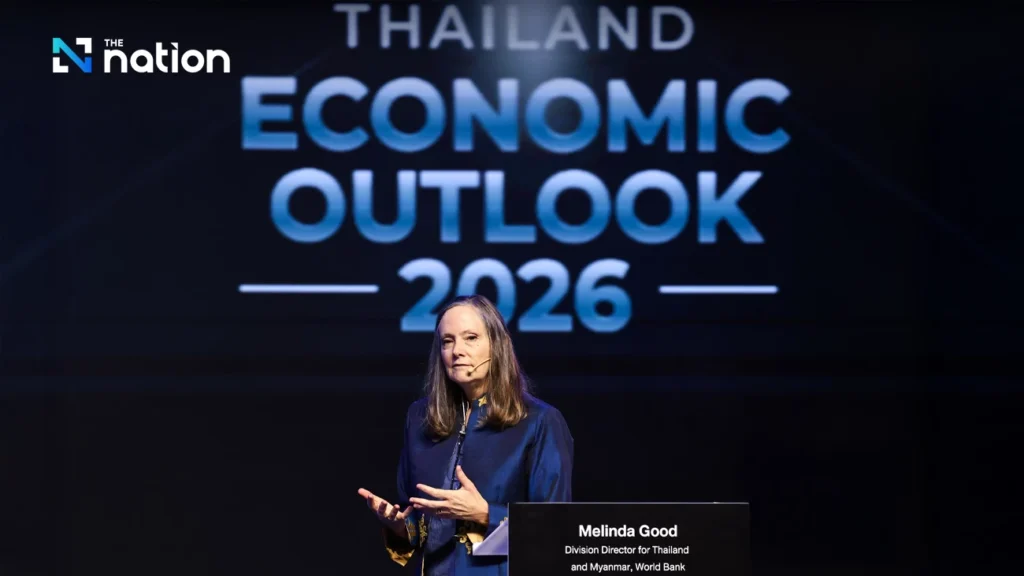 |
| Gold V.1.3.1 signal Telegram Channel (English) |
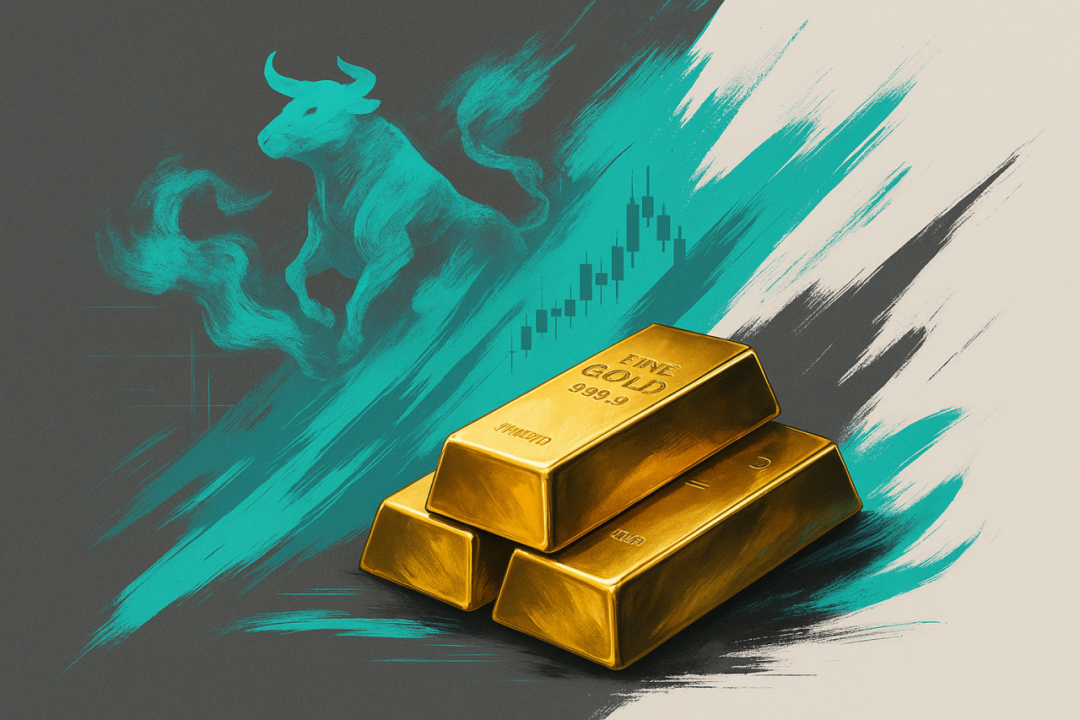
Gold Price Outlook 2025: Bullish Momentum, Key Drivers, and Forecasts for Record Highs
2025-09-20 @ 01:01
Gold Price Outlook: Navigating Bullish Momentum and Market Dynamics in 2025
Gold continues to capture the attention of investors in 2025, with its price movement reflecting both strong bullish sentiment and the influence of key macroeconomic factors. As we approach the final quarter of the year, the yellow metal is trading above $3,660 per ounce—a dramatic rise that sets the stage for further growth and ongoing volatility.
Recent Price Performance
September 2025 has witnessed gold climbing to new heights, with prices hovering around $3,672 per ounce. This marks an increase of nearly 10% over the past month and a striking 40% rise compared to the same period last year. Such momentum can be attributed to a confluence of factors, including robust inflation expectations, heightened safe-haven demand, and shifts in monetary policy globally.
Short-Term Outlook
Market forecasts for the upcoming weeks and months remain decisively bullish. Algorithmic projections anticipate incremental gains, with gold expected to approach $3,678 by late September and potentially $3,694 by quarter’s end. The immediate sentiment reflects optimism, supported by technical indicators such as a high 14-day RSI and sustained momentum above key moving averages.
For short-term traders, this environment signals an opportunity: gold has exhibited frequent “green days” in recent weeks, suggesting that the buying pressure continues to outweigh profit-taking. Daily volatility hovers in the mid-single digits, which, while elevated, represents an enticing landscape for active investors seeking tactical exposure.
Medium and Long-Term Forecasts
Looking ahead to year-end and beyond, consensus among major financial institutions and market analysts paints a consistently bullish picture for gold. Many forecasts peg 2025 prices between $3,600 and $3,800 per ounce, with some projecting spikes above the $3,900 threshold by the year’s close.
Prominent banks and research institutions have revised their estimates upward in response to mounting inflation concerns and persistent geopolitical uncertainties. Goldman Sachs now expects gold to reach $3,700 in 2025, J.P. Morgan sees $3,675, with other major names like Bank of America and UBS anticipating prices between $3,500 and $3,600. The most aggressive forecasts—such as OCBC Bank’s—suggest gold could break past $3,900 before year-end.
Longer-term, several models predict a continuation of gold’s rally into 2026 and beyond. Some analysts foresee gold approaching $4,200 next year and potentially exceeding $5,000 by the close of this decade, contingent upon inflation trends and central bank policies remaining supportive of precious metals.
Key Drivers Behind Gold’s Rally
- Inflation and Monetary Policy: Rising inflation expectations have historically supported the value of gold, making it a favored hedge for institutional and retail investors alike. With global central banks maintaining loose monetary stances or cutting rates, real yields remain subdued—further boosting gold’s relative attractiveness.
- Geopolitical Uncertainty: Persistent tensions, whether from geopolitical flashpoints or ongoing economic disruptions, continue to fuel safe-haven buying. Investors are seeking stability, and gold’s unique position as a non-yielding hard asset makes it a top choice during periods of uncertainty.
-
Currency Fluctuations: As the U.S. dollar faces pressure from both monetary and fiscal dynamics, gold often benefits, particularly when investors look for alternatives amid expectations of dollar weakness.
-
Technical Breakouts: Gold’s historical price charts reveal a significant multi-year bullish pattern. Recent breakouts across major global currencies have helped invalidate previously bearish technical setups, keeping bulls firmly in control.
Potential Risks and Volatility
Despite the uptrend, gold’s path is not without possible setbacks. Short-term corrections can arise from sudden rate hikes, unexpected shifts in inflation data, or swift recoveries in equities and risk assets. Active traders should remain vigilant about high volatility and be wary of chasing rallies without considering potential pullbacks. Longer-term investors, however, may find comfort in gold’s resilience during inflationary or uncertain cycles.
Investor Takeaways
- Current momentum and updated forecasts present a compelling case for gold as both a tactical and strategic allocation.
- Short-term traders may capitalize on elevated volatility, while longer-term investors can utilize gold as a portfolio diversifier and inflation hedge.
- Keeping an eye on macro indicators—such as inflation metrics, central bank communications, and geopolitical developments—will be critical in navigating the coming months.
- The consensus for 2025 and the years ahead remains bullish, but prudent risk management and ongoing analysis are essential to successful gold investing.
In summary, gold’s surge in 2025 stands as a testament to its enduring appeal amid an evolving global financial landscape. With strong institutional forecasts and robust market dynamics, investors should consider both the opportunities and challenges when positioning themselves in the current gold bull market.


